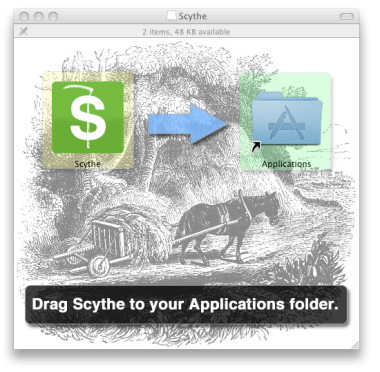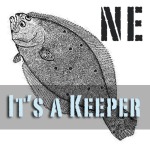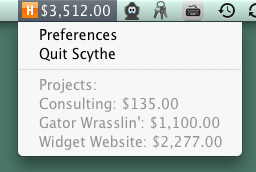I released my first Cocoa application, a tiny little “menulet” that flips a bit to affect trackpad behavior on Mac laptops, a couple of months ago. In buildng the DMG, I had to go through a bunch of trial and error to get the background image right. I downloaded a couple of different DMG tools before I got what I wanted, and still I cannot remember how I did it.
This time around, I tried something new: Dr Nic’s ChocTop. I was skeptical at first because of my prior experience with creating DMGs, but this really is an excellent tool for packaging your Cocoa app.
ChocTop doesn’t try to hide hidden files below the fold or anything, so if you have your Finder set to show hidden files, you may want to change that:
defaults write com.apple.finder AppleShowAllFiles FALSE
killall Finder
Here’s my first DMG produced with ChocTop:




